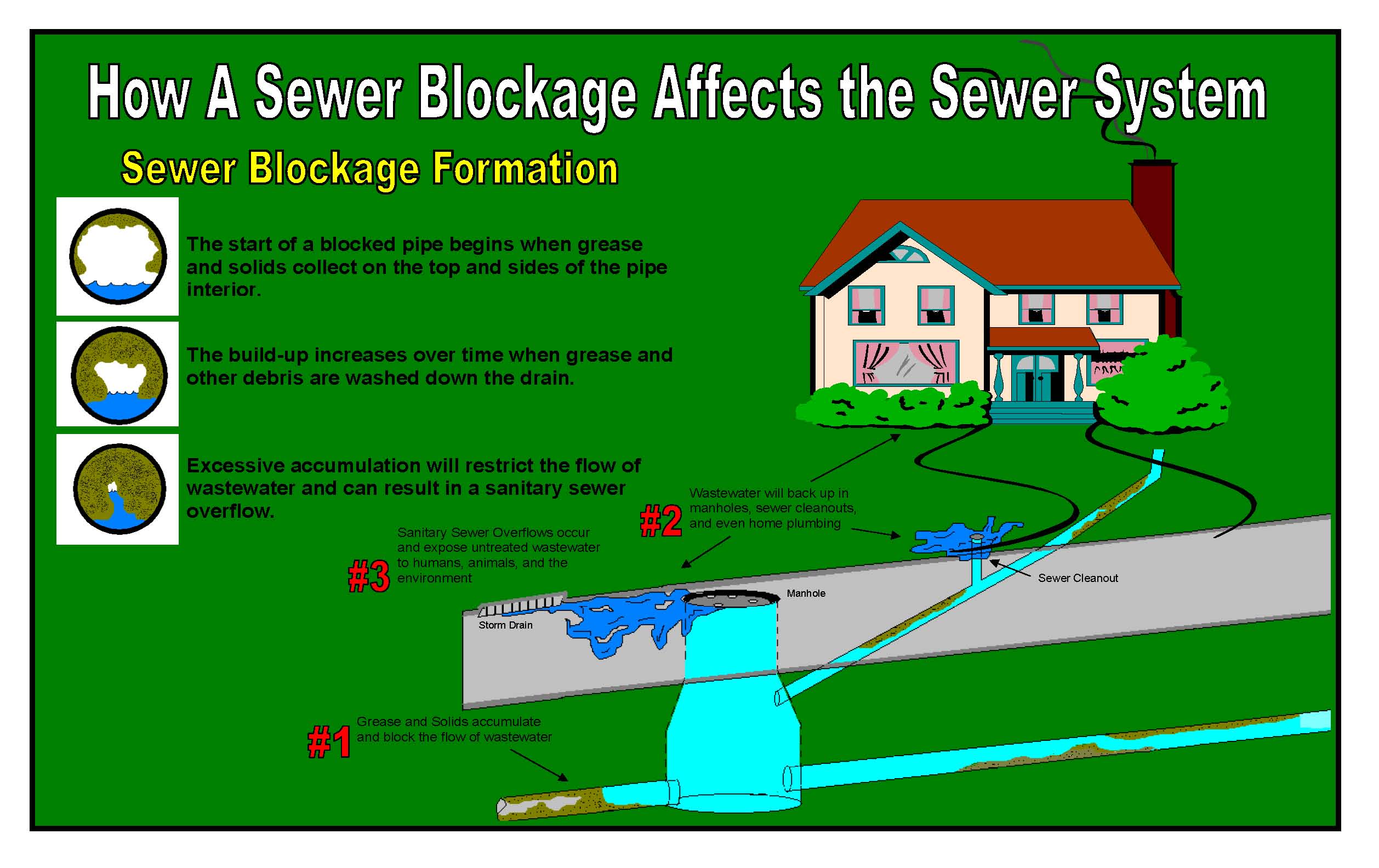Lake Rhodhiss Wastewater Treatment Facility - (NPDES Permit # NC0041696)
The Town of Valdese, Lake Rhodhiss Wastewater Treatment Facility began operation in 1982 and has the capacity to treat 7.5 million gallons per day (MGD). The current average daily flow of 2.0 MGD is treated biologically.
Wastewater (Influent) is first introduced into the headworks, passing through the bar screen and a grit chamber thus providing material removal such as rags, grit, rock and sand. The flow then enters the influent pump station wet-well and is pumped uphill to the primary clarifiers which further supports solids removal and settling. From there, flows enter aeration basins whereby biological micro-organisms break down constituents even further. Each of the two aeration basins uses three mechanical aerators to provide oxygen and mixing of the wastewater. The flow then continues into secondary clarifiers (settling and polishing) and onward to the chlorine contact chamber. Chlorine is fed at the beginning of the contact chamber for disinfection purposes, then sulfur dioxide is utilized (de-chlorination) prior to flows ( Effluent ) reaching the cascade (final aeration step), finally flowing back downhill and discharging into the Catawba River (Lake Rhodhiss).
Solids accumulated in primary and secondary clarifiers are pumped into the 2 thickeners, which in turn are pumped through centrifuges during the de-watering process. De-watered bio-solids are then taken to the northeast section of the compound (compost area) and processed on-site. Additionally, portions of the solids within the plant are re-introduced into the waste stream at the influent pump station wet-well to maintain a healthy micro-organism population within the plant. (For more information regarding the composting process, please refer to the Composting Process link).
All flows (wastewater and sludge) within the plant are monitored through electronic metering devices and recorded into the SCADA system. Hard copies are printed monthly and retained on-site. Metered points include influent, effluent, sludge pumps to centrifuges, return sludge, primary and secondary waste-activated sludges. Additionally, all metering equipment is checked and calibrated semi-annually.
The facility also retains a certified laboratory, via the North Carolina Department of Environmental Quality, qualified to analyze 11 separate test parameters that allows for timely data reporting. This information is recorded and then submitted to NCDEQ on a monthly basis. The laboratory also participates in a required “blind” study annually, in order to maintain its’ certification on the respective 11 test parameters.
The Division of Water Quality, (DWQ) oversees the operation of the plant. Just as all other plants in the state we are faced with the challenge of dealing with FOG (Fats, oils, and grease) in our sewer system. FOG affects the collection system leading to the plant as well as the plant itself. The State has determined that many if not most of the SSO (sanitary sewer overflows) in the state are caused by issues with FOG. Citizens can help decrease the potential for SSOs by following a few simple guidelines. Restaurants and food service establishments should also be following best management practices. Every citizen and business can make a difference in protecting the sewer system. Click here to view the FOG ordinance for the Town of Valdese.
Important Links & Things to know...
Fats, Oils, & Grease Ordinance - Grease Information
Sanitary Sewer System Do's & Don'ts


Compost Information - FREE to Valdese Residents!
Alex Garrison
WWTP Superintendent
[email protected]
828-879-2131








